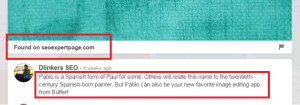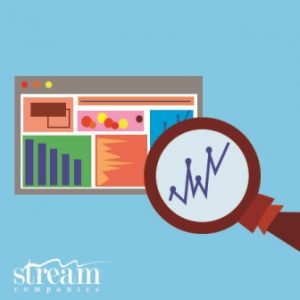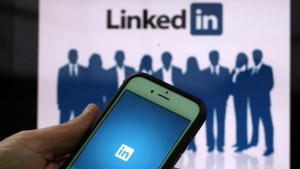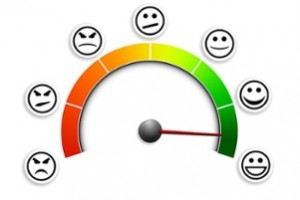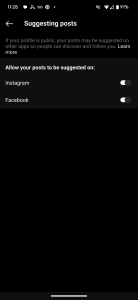As it gets harder and harder to break through the noise online, it is becoming increasingly important to make sure that your marketing is working smarter to keep costs low, and engagement high. A key factor in this is making sure each cog in your marketing machine is working together in support of your goals.
The average touch points from introduction to sale have spiralled with the growth of the internet and social media, now averaging over 50 interactions from first exposure to sale. Many small business owners still think about marketing touch points in terms of separate, isolated campaigns: newsletter, social media profiles, blog, advertising. However, breaking out of this way of thinking and designing integrated marketing campaigns to increase exposure across multiple channels simultaneously, rather than sequentially, can help to shorten the sales cycle.
Coordinated cross-channel marketing campaigns generate improved engagement (i.e. open rates, click throughs rates, conversions) and a greater brand impact that goes beyond a simple sum of the number impressions. There is a cumulative effect that happens when we see a brand several times in a short space of time. In essence it makes a greater impact on us.
Of course, cross-channel campaigns are nothing new to large brands and marketing agencies, but the ease and affordability of digital marketing tools now make it easier for smaller brands with limited budgets to see the same benefits of compounded exposure. Even without TV ads or in-store promotions you can reach your audience in multiple places as they go about their day.
Let’s take a look at a few examples of what a coordinated marketing campaign might look like:
Scenario 1.
You publish a blog post. You then post the link on social media, but also promote those updates through a social ad campaign – effectively increasing the reach and exposure of the blog post. The same day you send an email to your mailing list featuring the new content. The email gets more open and clicks thanks to the visibility of the content through social channels.
Scenario 2.
Your e-newsletter is sent as always on the first Thursday of the month. You launch a retargeting ad campaign and social media ads to a custom audience which includes your mailing list. Interest in your content already piqued by the ads they have seen, your audience sees your email as familiar and are more likely to open and click.
Scenario 3.
You launch a sale on your website and announce it by email and on social media. To boost visits to your site, you also simultaneously launch a display ad campaign on carefully selected sites, a retargeting ad campaign to people who have previously visited your site, social media ads to your mailing list, and a mobile text campaign to existing customers. Showered with reminders of your amazing offers at almost every turn, your audience click through to make sure they don’t miss out on any of the great deals!
While these marketing campaigns may seem large, an important trick to keep budget low and effectiveness high is to stick to a tight schedule. Keep promotions running across multiple channels as simultaneously as possible, and only for a short window of time. That creates an intense burst of exposure, and cuts off spend before results start to drop. Response rates to ad campaigns tend to fall quickly, and peak results are usually achieved over the first 48 hrs of a campaign.
When designing ads and banners, you don’t have to think literally about content. The key word to remember is “coordinated”. Promotions should complement and reinforce your key content, but not every ad needs to use the exact same images and text. In some cases you will be able to keep the promotional content very similar, for example when promoting a single product or piece of content. In other situations, the important thing is to reinforce the exposure of your brand to your audience. For example, when promoting your newsletter, you don’t have to literally create ads that tout that “our latest newsletter is available now!” but rather, promoting key content featured within the newsletter will increase your audience’s familiarity with your brand and messaging.
The more channels you can run a campaign on the better your response will be, but don’t feel pressurized into maximizing every promotion. Experiment with combinations and find out what works well for your business in terms of seeing returns on investment of your time and money.
Consider how your next marketing campaign plays out across multiple channels to create the “perfect storm” of exposure to boost your results and ROI.
Digital & Social Articles on Business 2 Community(116)
Report Post
